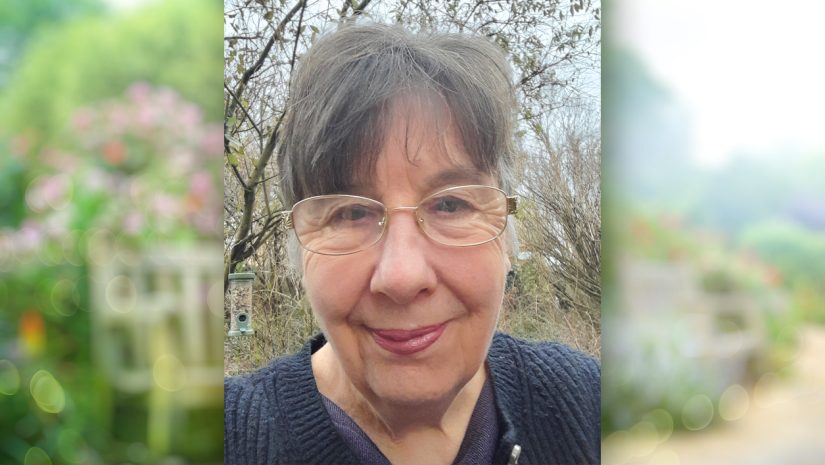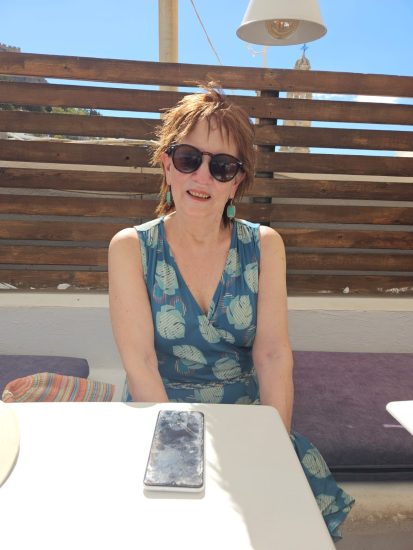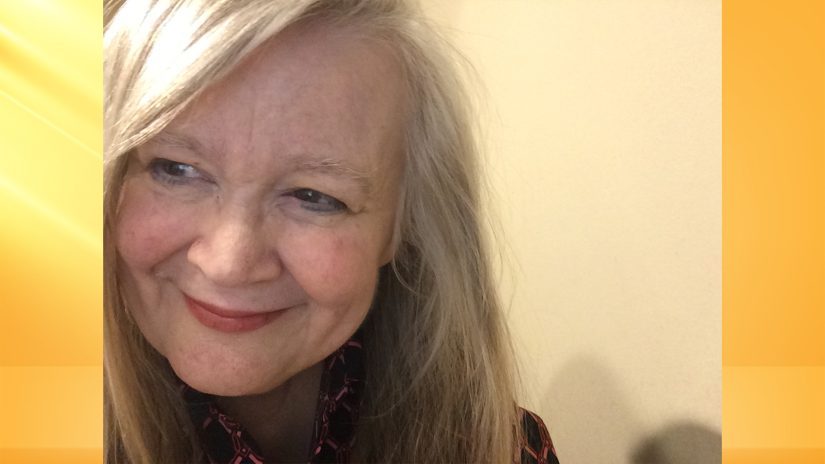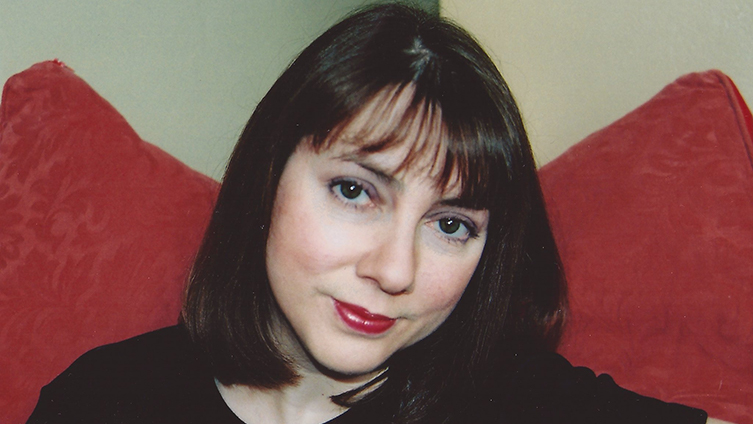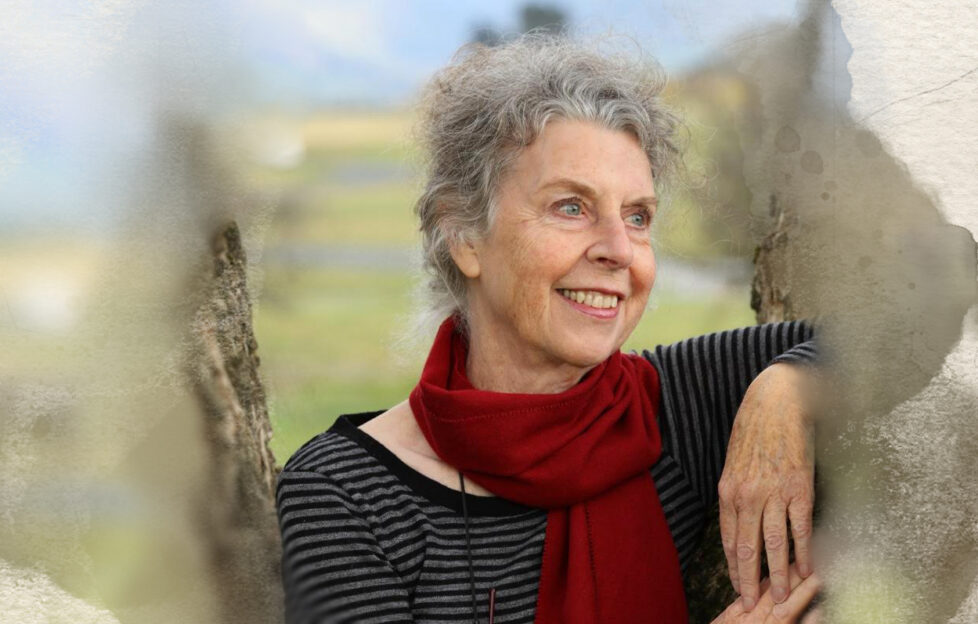
Val Melhop is our Writer of the Week! You can read her wonderful story ‘Twist My Arm’ in Special #224, which is on sale now.
‘Twist My Arm’ is a lovely, romantic story. Could you tell us a little about it and what inspired you?
A few years ago, I enrolled in a short story writing course and my tutor gave me the first line for a fiction assignment. The story could have gone in any direction but since I’m an incurable romantic, I indulged myself and wrote a romance.
An episode from the tree-house building days of my childhood triggered it. With any gang of strong-willed eight-year-olds, there are bound to be differences of opinion on tree-hut architecture. This lark became my inspiration for establishing the heroine’s initial prejudice against the hero.
These days, there is so much emphasis placed on glamour and appearances. I also wanted the story to touch on the importance of looking deeper into a person’s nature.
When, years later, the main character and her childhood antagonist are thrown together, will she reassess her early preconceptions? Can she see past the ridiculous hedgehog-patterned tie the hero is wearing?
What do you like about writing romance?
I love designing a minefield of explosive difficulties and barriers for the characters, then working through the ways they unravel the barbed-wire entanglements to reach the ‘happily ever after’ ending. It’s a bit like solving a mystery in some ways. The clues are there.
Perhaps it’s a kind of wish fulfilment, but I find that unconsciously I have invented a hero who I am at risk of falling in love with myself! How could the heroine not see his desirability? I try not to make him perfect. He must be human. Mr Darcy and Mr Rochester were flawed characters but, oh, such devastatingly romantic heroes!
Why were you drawn to submit your stories to “The People’s Friend”?
The “Friend’s” traditions and culture are a perfect fit for the style of story I like to write.
I’m Australian, but left my home in 1964 to travel around New Zealand on a working holiday. While exploring this beautiful country, I worked a variety of jobs – as a fruit picker, hotel waitress, shirt factory worker, women’s gym instructor and shorthand typist.
When I met my husband, my role changed to that of a wife and mother with a new home in New Zealand. Later, I became a library assistant, a University English tutor, a learning advisor and an evening class macramé tutor.
But what I really wanted to be was a writer. Specifically, a fiction writer.
Those roles provided me with experiences to draw from. I began writing about them, and had numerous articles published in newspapers, magazines and journals. It was rewarding, but I wanted to create something original, to make up stories.
Then, having found the right niche for my stories in the “Friend”, my goal was to be published there. It took seven years!
When the “Friend” accepted one of my stories it was like winning an Olympic gold medal! Standing on the metaphorical podium, it struck me that those seven years, submitting story after story, had been my track record while training for the event.
When we sit down to read a story we want to be transported to another place. We want to be uplifted, entertained, amused, intrigued, and rise above our everyday humdrum existence.
“A story a day keeps reality away,” and the “Friend’s” seven stories each week achieve exactly this. They are a gift; they take us on a journey. We can visit places we’ve never been to and our minds are stimulated. I wanted to be a part of that.
Which comes first for you – the characters or the plot?
I know I need the idea first, but what happens next is a bit of a mystery. I think I try to fit the idea into a real life situation, and if I’m lucky, the idea is somehow transformed into a rough plot.
At this point, I exit the real world and start creating – turning the idea into a fictional story. It’s the magical stage where the characters appear and take on a life of their own. They have distinct personalities and they’re eager to play out their roles. I can visualise them and write dialogue befitting their personalities, but my most difficult task is naming them. I spend hours, sometimes days, changing the names to suit the characters. It’s a bit like naming your first baby. It’s got to be right.
Once I’m satisfied with who they are, I can direct the action, and scene by scene they reveal my plan. Watching the story scroll out from under my fingertips as I type is the most exhilarating experience imaginable.
What are your goals for writing? What would you most like to achieve?
Unquestionably, I’d like to keep writing for “The People’s Friend”. There are few things to equal the thrill and excitement each time I have a story accepted by the fabulous Fiction Team.
Sometime though, when I’m feeling brave, I would like to step outside my 2,000 to 3,000 word safety limit and write a longer work, a serial or a Pocket Novel.
Life is stranger than fiction, they say, and I’ve had some quite extraordinary experiences in my life. As a long-term goal, I would like to start recording these autobiographical events in a collection of memoirs.
What have you been reading lately and do you have any book recommendations?
I adore Jane Austen, so I was impressed and fascinated to read Janice Hadlow’s recent novel, “The Other Bennet Sister”, which is a follow-up of “Pride and Prejudice”. With great skill, Hadlow has expanded on the original story, in keeping with the era, and created an imaginative future life for Mary, the ‘unremarkable’ Bennet sister.
I have a set of favourite mystery writers – Donna Leon, Louise Penny, Peter May and Ann Cleeves, but how vexing it is now to have read the complete works of every one of them. Recent reads are the delightful Graeme Simsion with “The Rosie Project”. Dianne Setterfield stands out as a writer with a touch of magic. I enjoyed her debut novel, “The Thirteenth Tale”. And I absolutely loved Salley Vickers’ latest book, “The Gardener”, which I would highly recommend.
What are your tips for aspiring “Friend” writers?
In my own writing I try to keep the reader in mind. I want my story to set their imaginations alight. I try to create a world with the sort of characters a reader will want to follow, share their problems, laugh at their witty dialogue, and delight in the way they unravel the tangles, or fall in love.
My best piece of advice is when you’ve written a story, put it away for at least a week, preferably a fortnight. I know, I know! But don’t peek. You’ll read it again with new eyes, almost as a piece of work someone else has written, and you will see ways to improve it. That’s when the stories often take off in exciting new directions or with brilliant new insights.
I find reading ‘How to Write’ books helpful. I think they make you more aware of the elements of plotting, dialogue, setting and structuring a story. Their advice invariably alerts me to fresh ways of revitalising my writing.
Read more from our writers here.

